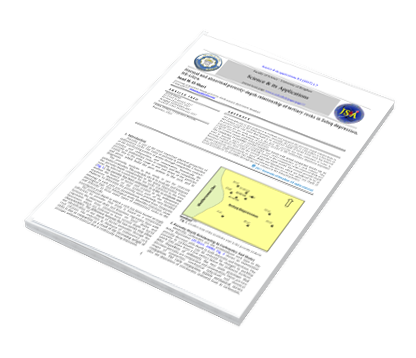Normal and abnormal porosity-depth relationship of tertiary rocks in Soluq depression, NE-Libya.
DOI:
https://doi.org/10.37376/ljst.v5i1.2164Keywords:
Soluq, Tertiary, Compaction, Porosity, Regression, LibyaAbstract
The principle aim in this analysis is to evaluate and interpret the porosity-depth relationships in the
Tertiary rocks in the Soluq Depression. Generally, the porosity in a formation is a function of its present
depth only when that depth is its maximum depth of burial. From sonic log interval transit-time for ten
wells scattered in the area, the porosity has been estimated, in order to evaluate and analyse the history
of burial and erosion in the sedimentary sequences deposited on the western margin of the Soluq
Depression. The comparison of modelled normal compaction trends with actual compaction trends can
be used to quantify zones of over-compaction and under-compaction in a rock column. The porosity
analysis in this research is basically based on the comparison of the observed shale and limestone
regression lines with the normal porosity-depth model. The normal porosity-depth model represents
measurements on ‘pure’ shales and limestones, which are believed to be at their maximum depth of
burial. The difference between the two curves may allow any depth of burial anomalies to be identified
through the rock columns in the Soluq Depression.
Downloads










 LJST Copy rights form
LJST Copy rights form


